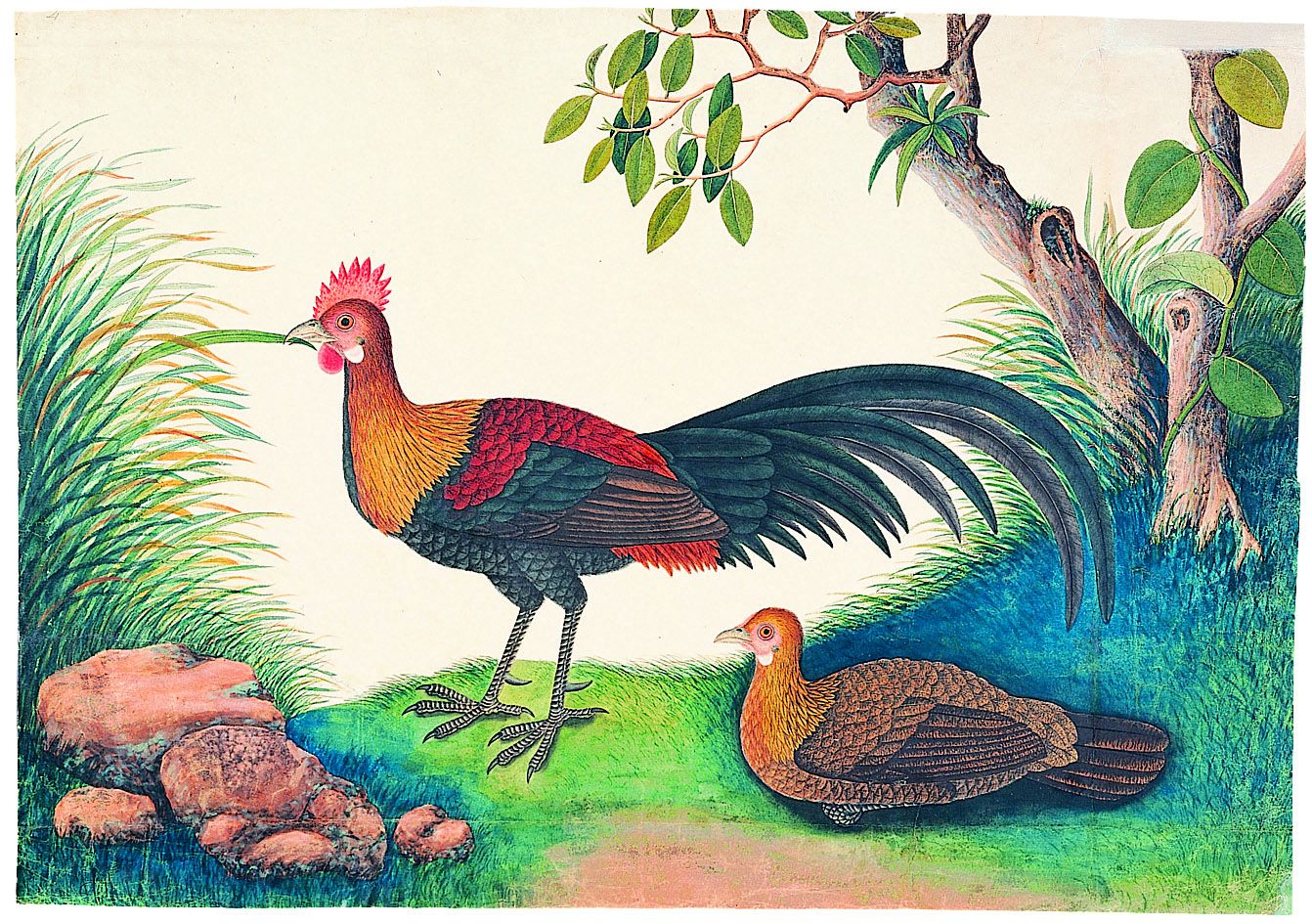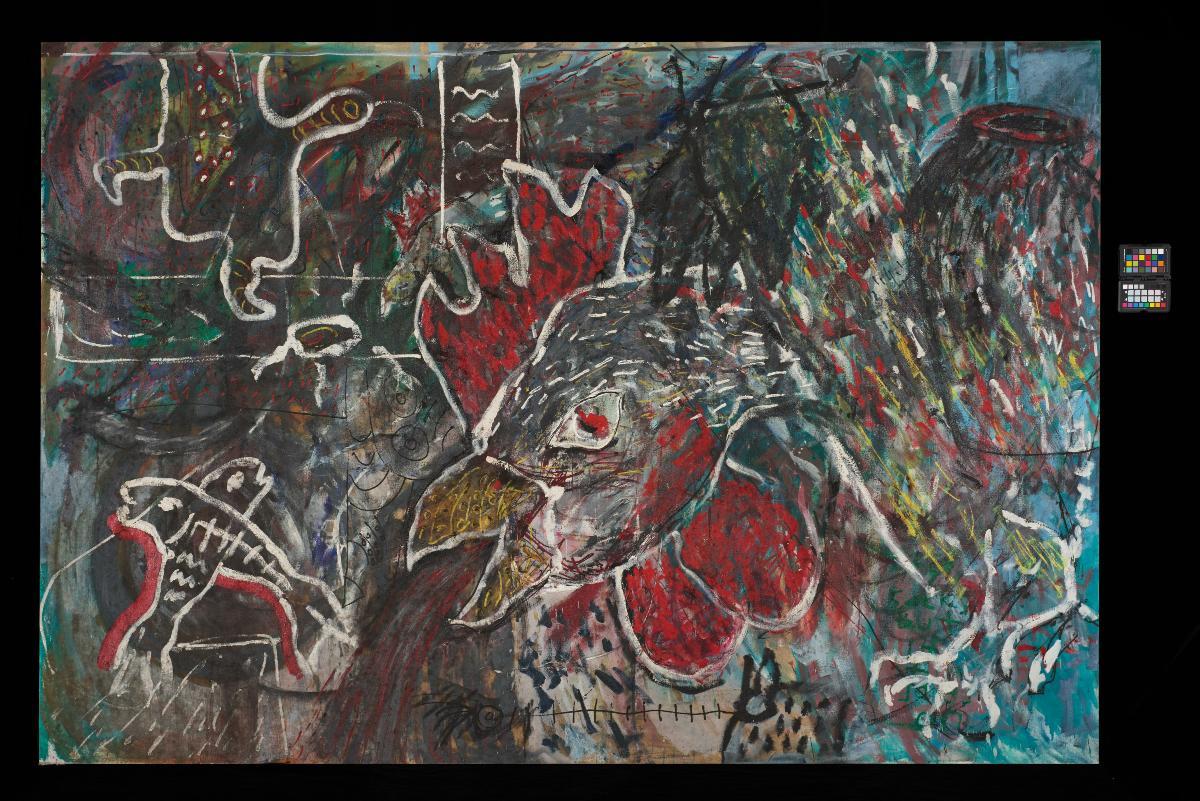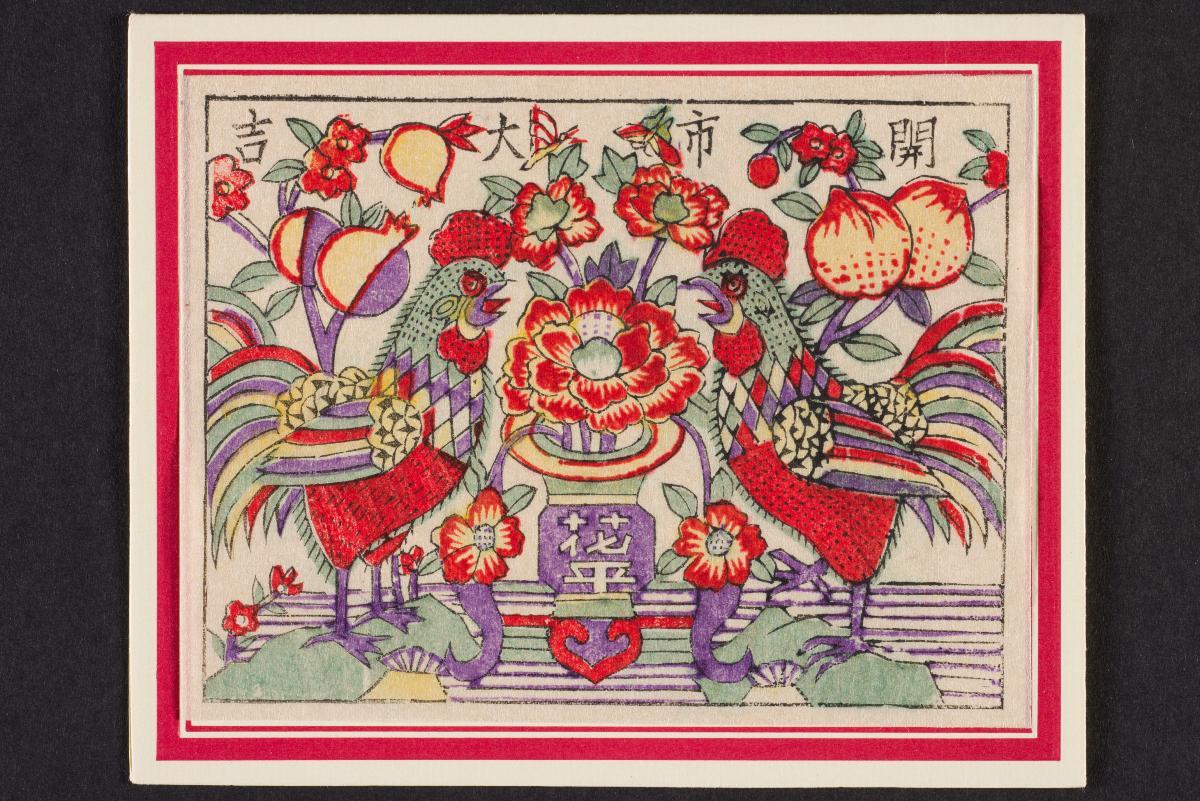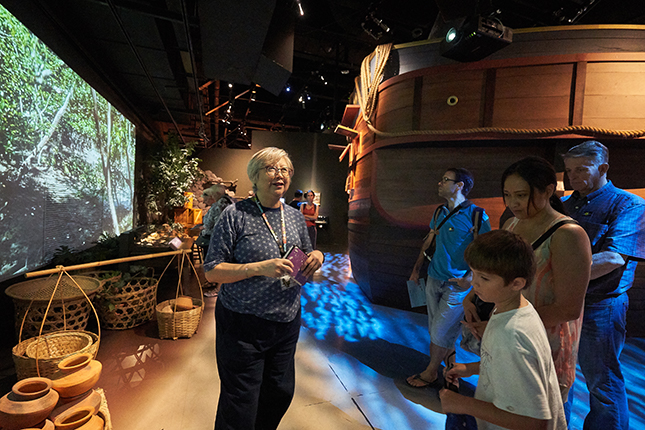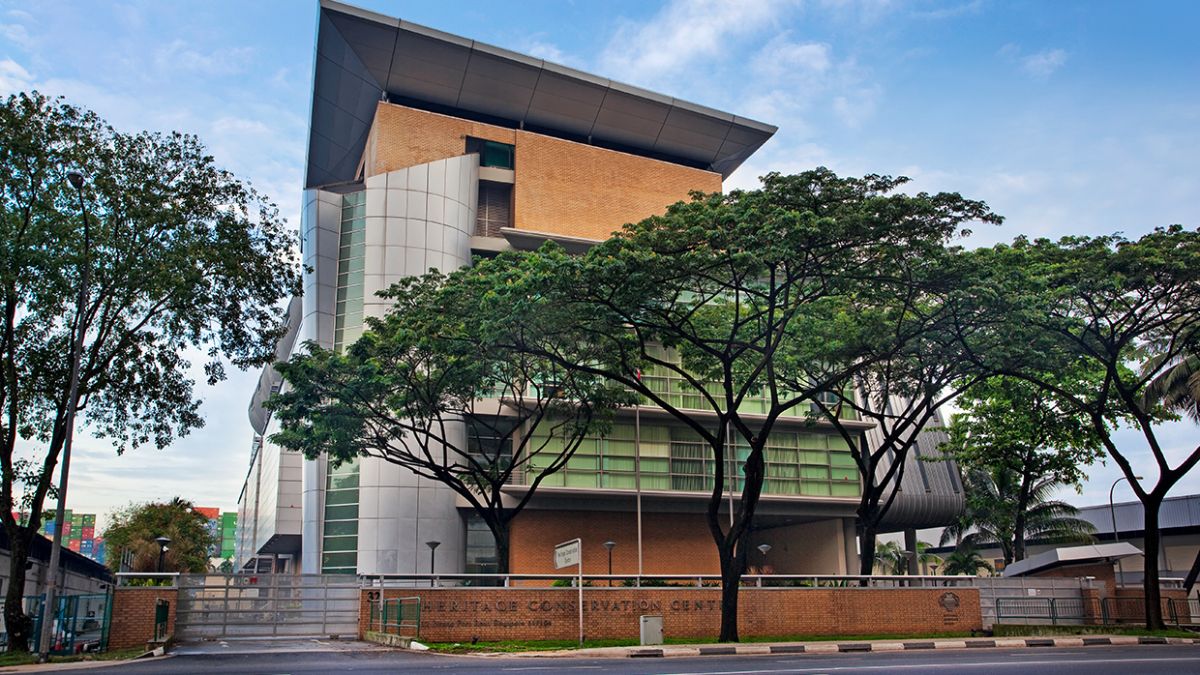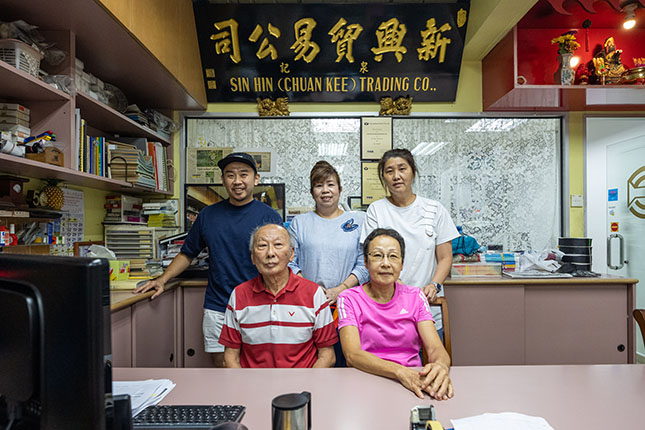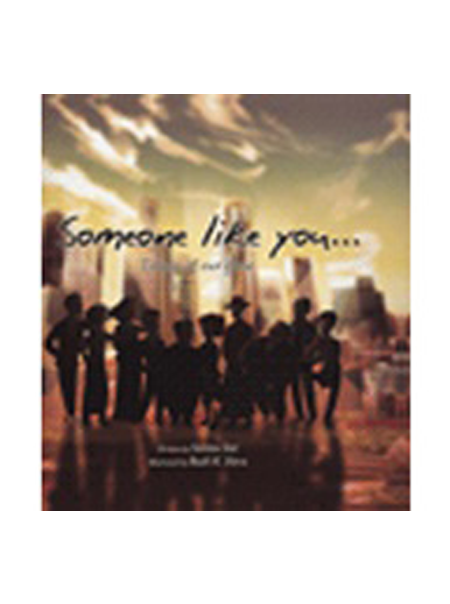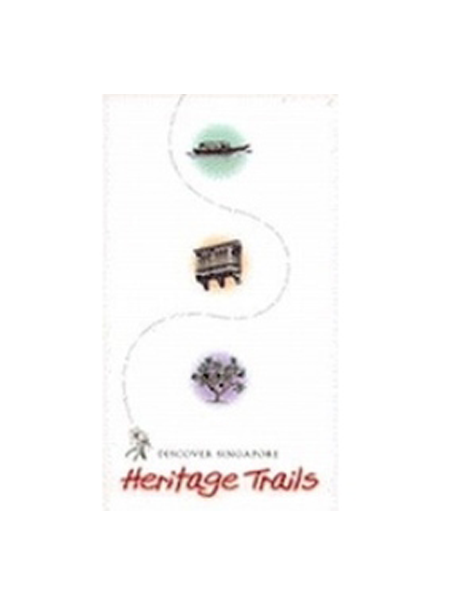Whether it’s a pair of delicate traditional slippers or a vessel from the 15th Century, the National Collection has many special artefacts that feature this year’s zodiac animal - the Rooster. Let's take a closer look at some of these pieces.
Red Junglefowl from the William Farquhar Collection of Natural History Drawings
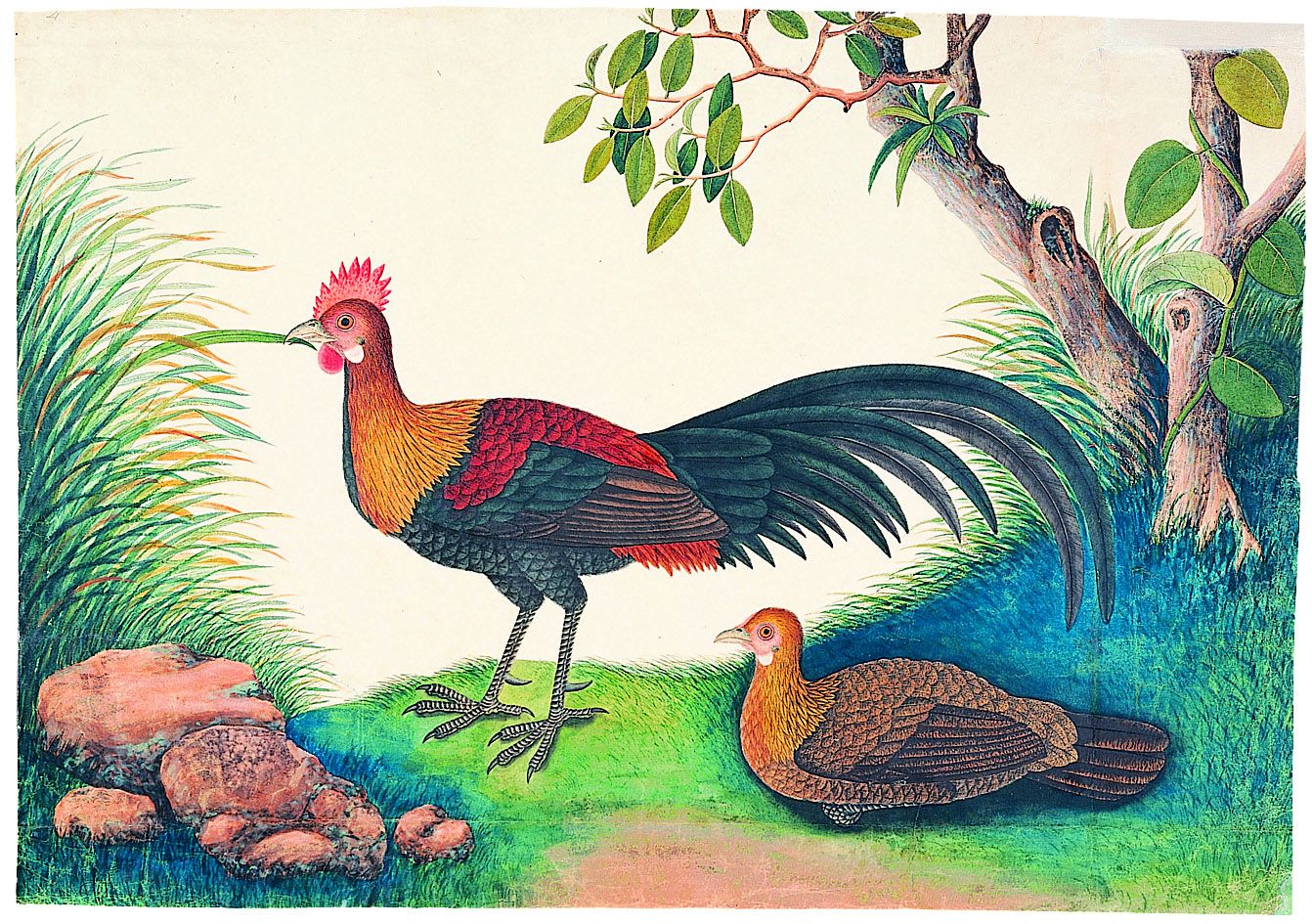
This plate shows a regal-looking pair of red junglefowl, which in its feral form has now become the most numerous bird in the world. The short, distinctive call of the wild rooster (the bird shown on the left of the drawing) can still be heard from the forest at dawn in some remote parts of Malaysia.
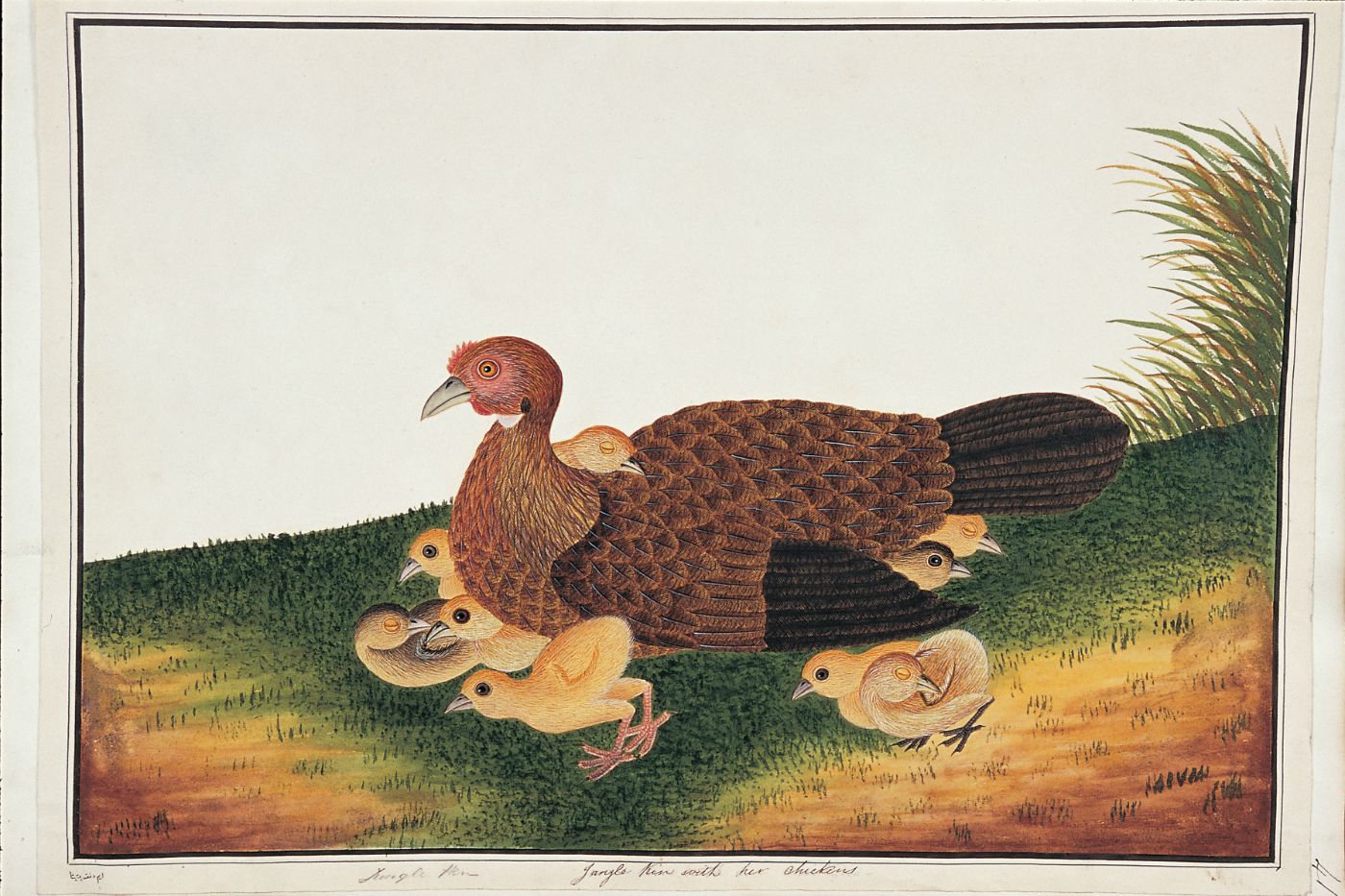
The Malay name, ayam hutan, means "forest chicken", and this species is, in fact, the ancestor of the domesticated chicken. You can still find the original form of the red junglefowl in forests in Malaysia and Pulau Ubin, Singapore, although frequent crossbreeding with domestic stock is weakening the wild species.
Embroidered Spectacle Case
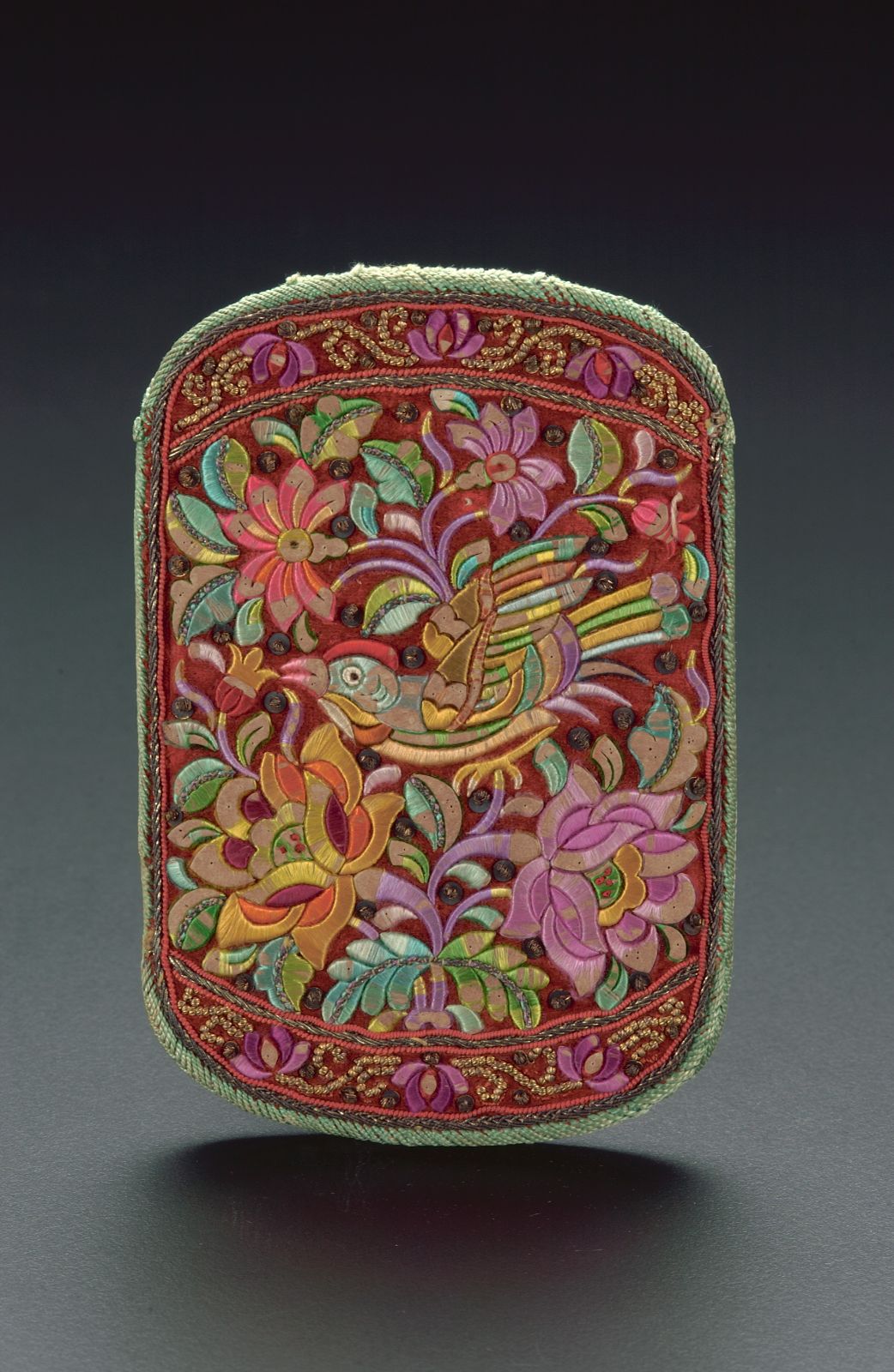
This embroidered spectacle case from the Asian Civilisations Museum is made from velvet. The colourful floral motifs and that of a rooster are created from coloured silk thread using the raised satin stitch. This is a technique where flat stitches are used to cover an area of the fabric. Metallic thread couching is used to create a border of decorative patterns along the edges of this piece. These ‘duan nipah’ cases were flattened pouches with double layered cases. They consist of a slightly larger outer case which serves as the cover, made to slip snugly over the inner case or container.
A pair of Kasut Manek featuring Rooster Motifs
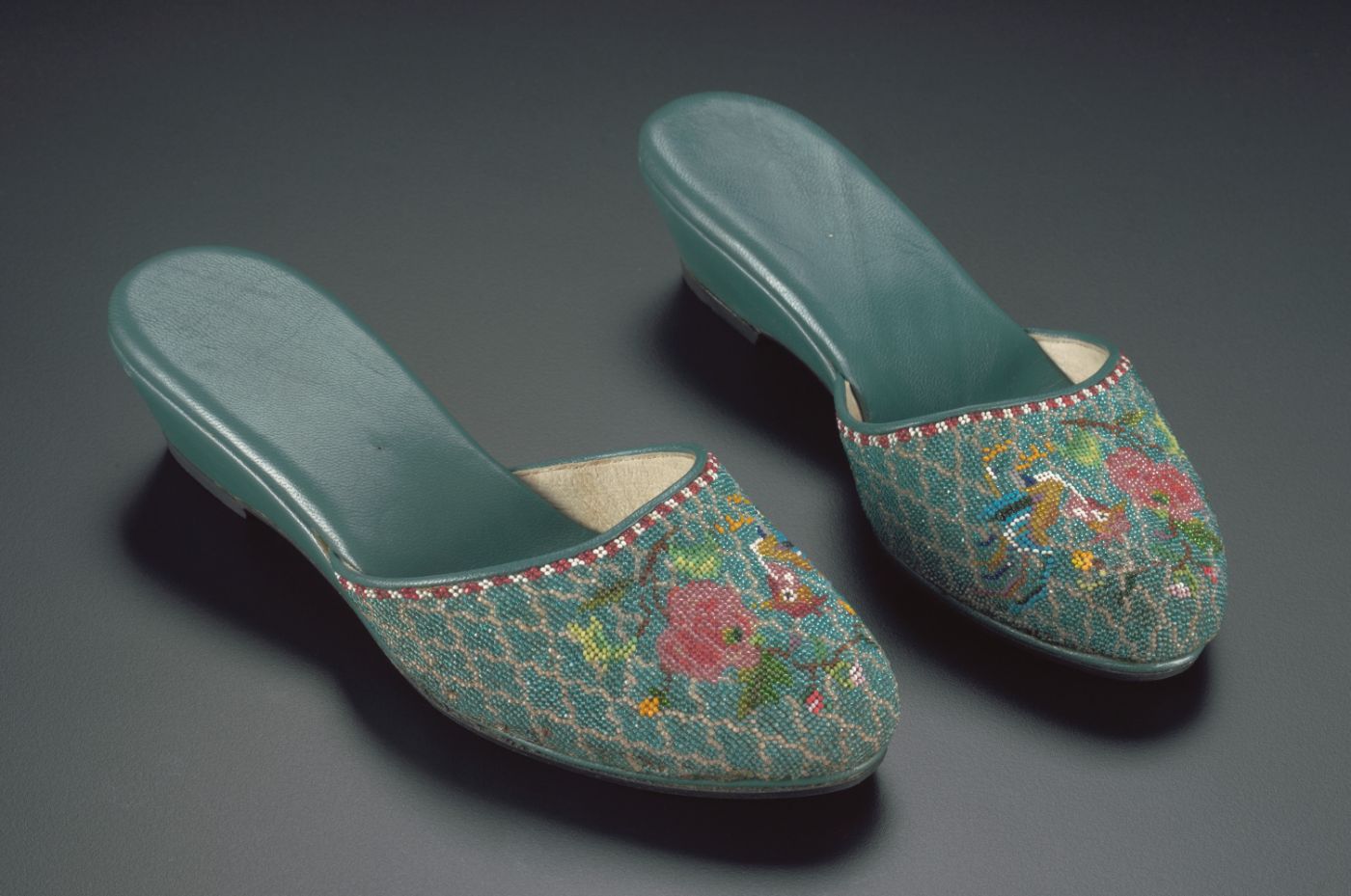
This pair of “Kasut Manek” or "beaded shoes" comes from the collection of The Peranakan Museum. The slipper face is covered with bead embroidery or threading. This is a technique where coloured seed beads are stitched onto a base fabric using needle and thread. More specifically, the technique of embroidery used is the petit point beadwork, in which the needle worker uses coloured beads to stitch out patterns drawn onto square paper. Such bead embroidery was usually done on velvet or plain weave cotton and required the use of a frame or ‘pidangan’. The main motif on this piece is a rooster against an a green background with floral motifs. These slippers were traditionally worn with the “sarong kebaya” (blouse and skirt cloth) or the “baju panjang” (long tunic).
Woodblock print, Chinese New Year (Rooster)
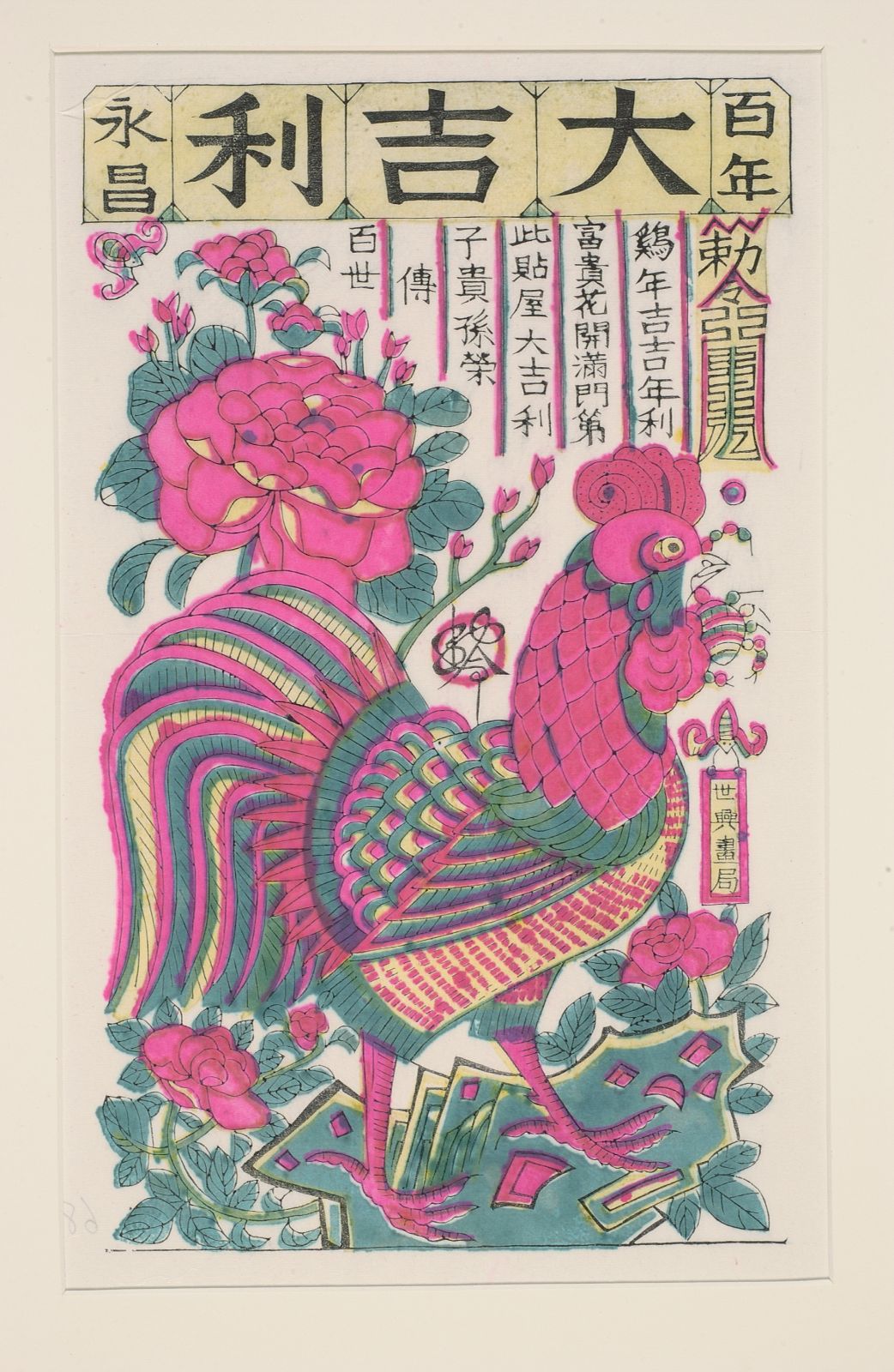
This woodblock print from the Asian Civilisations Museum belongs to a set of five made by woodblock water colour printing process. The motifs in these prints include baby boys, bird, phoenix and flowers. This one shows an image of a rooster. They are all popular themes that convey good wishes, and are generally decorated on the front doors of ordinary Chinese homes, to usher in the New Year in an auspicious way.
Chicken-shaped kendi
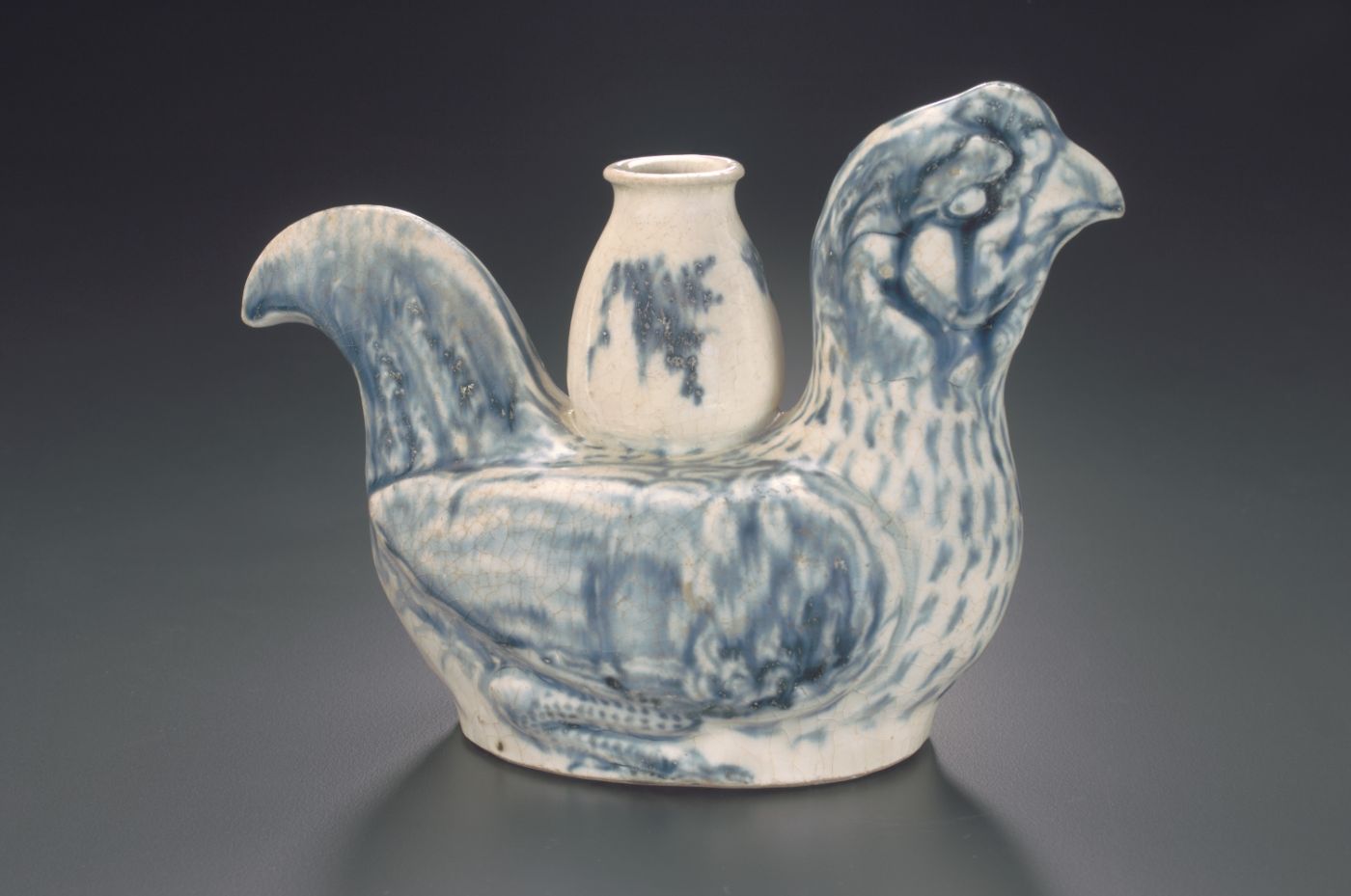
This kendi from the Asian Civilisations Museum originated from northern Vietnam between the 15th and 16th Centuries. A kendi is a special type of vessel that was found in many parts of Asia. They were often made in different shapes and forms.
Here, the chicken-shaped kendi was probably moulded in two parts before the vase was attached to the back of the bird separately, to provide as a mouthpiece. The details of the rooster, such as its tail plumes and facial features, were painted in blue before the piece was fired.
Every artefact in the National Collection has a story to tell, and these five offer just a small glimpse into the depth of artistry and history on display. Now, isn’t that something to crow about?




